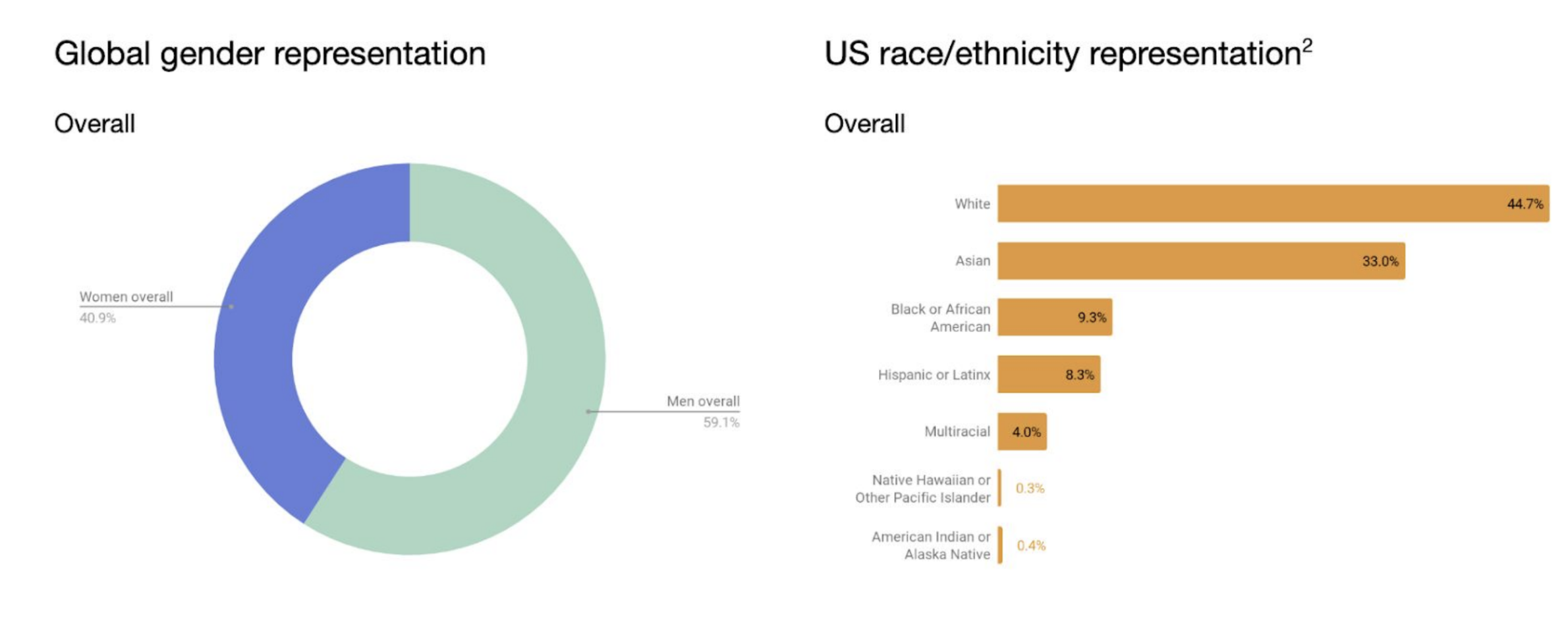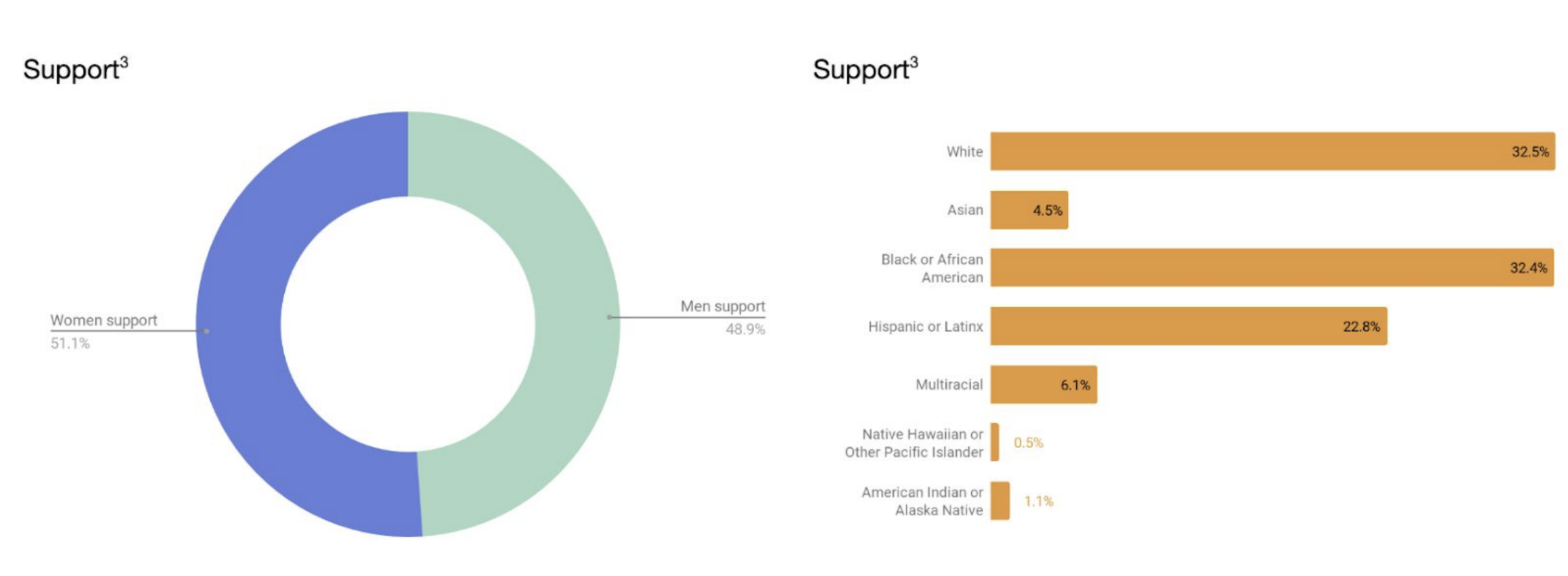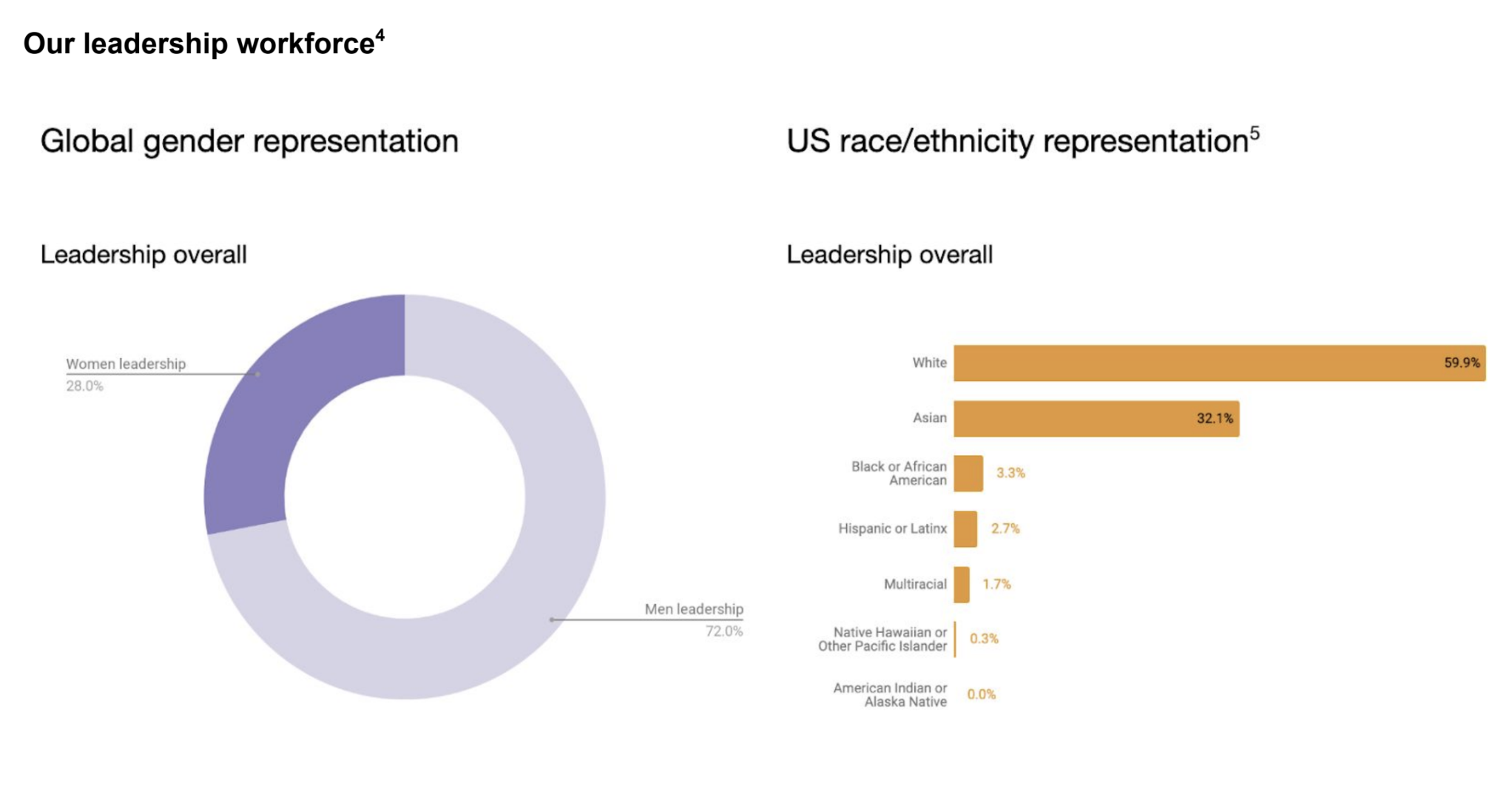When tech companies sue cities, it’s rare to see a resolution — albeit a temporary one — in favor of the tech company happen so quickly, if at all. Lyft sued San Francisco in early June, claiming the city was in violation of a 10-year contract that would give Lyft exclusive rights to operate bike-share programs.
Now, the city has granted Lyft an interim permit to deploy its dockless e-bikes, and is holding off on granting to permits to other operators. Lyft officially deployed its bikes on Friday.
“We’re thrilled to share our new ebikes with riders in San Francisco,” Lyft Head of Micromobility Policy Caroline Samponaro said in a statement. “We’ll be rolling out bikes starting today and appreciate our riders’ patience as we waited for the green light from SFMTA.”
In its lawsuit, Lyft sought a preliminary injunction or temporary restraining order to prevent the city from issuing permits to operators for stationless bike-share rentals. While the court denied Lyft’s request for a TRO, it did approve a preliminary injunction to temporarily stop the San Francisco Municipal Transportation Agency from issuing dockless permits to operators other than Lyft, without at least giving Lyft the first opportunity to submit a proposal.
The whole process, called “Right of First Offer,” may take months, according to the SFMTA. That’s why it decided to offer Lyft an interim permit to operate up to 1,900 of its dockless, hybrid e-bikes in addition to its classic bikes offered through its station-based service, once known as Ford GoBike.
“These new bikes will allow Lyft to address the severe bicycle availability issues that Bay Wheels has faced since Lyft removed e-bikes from service in April,” the SFMTA wrote in a blog post. “Essentially, the interim permit allows the existing system to return to functionality even as we negotiate with Lyft for a potential future expansion.”
The lawsuit was in light of SF announcing it would take applications for operators seeking permits to deploy additional stationless bikes. San Francisco, however, said the contract does not apply to dockless bike-share, but only station-based bike-share. Well, a judge sided with Lyft, saying the agreement did “not draw a distinction between docked/stationed and stationless/dockless bikes…Plaintiff therefore is entitled to unconditional exclusivity for stationed or stationless ‘traditional’ bikes during the term of the agreement.”
While the process continues in court, the SFMTA has also extended JUMP’s permit for up to 500 stationless bikes in order to ensure more reliable services.
I’ve reached out to Uber/JUMP and will update this story if I hear back.




